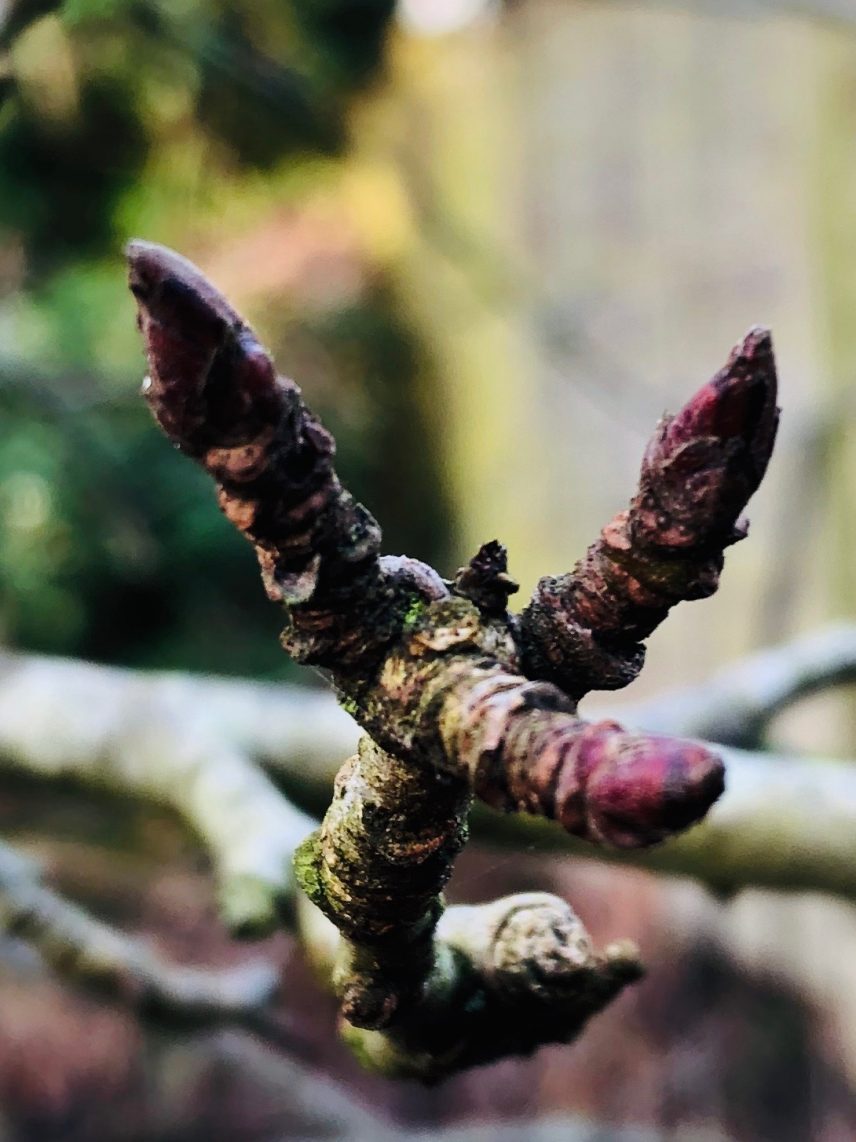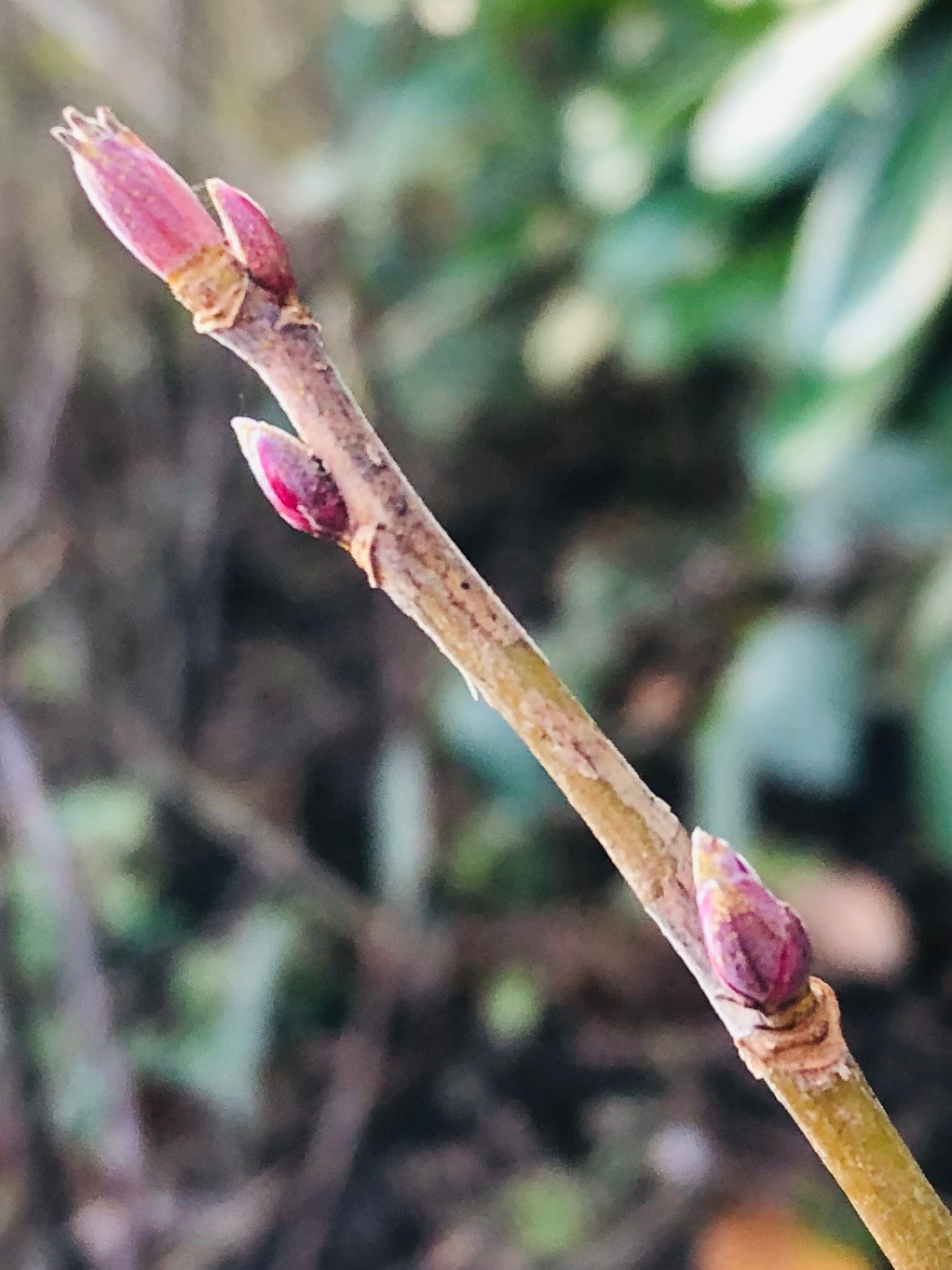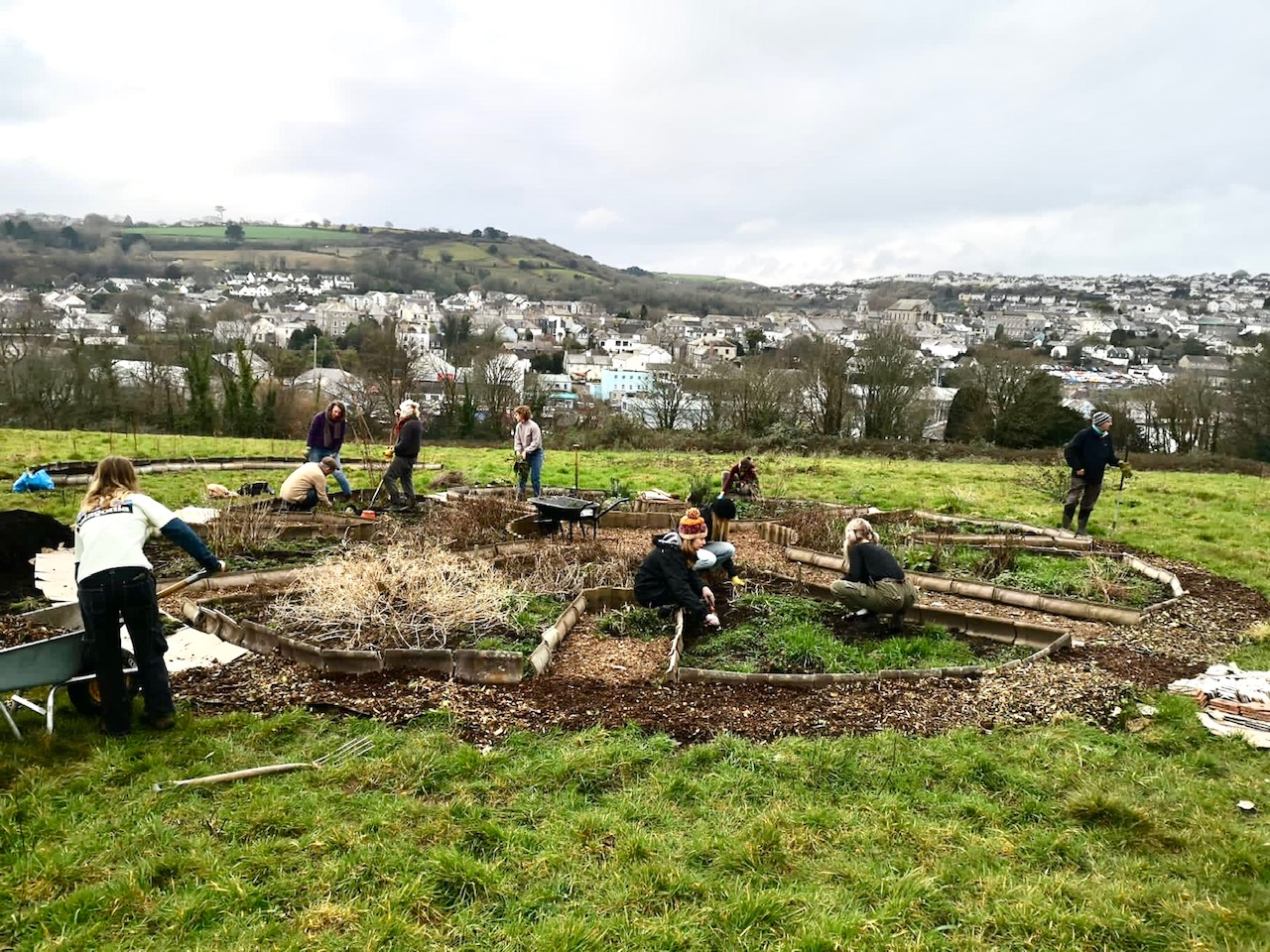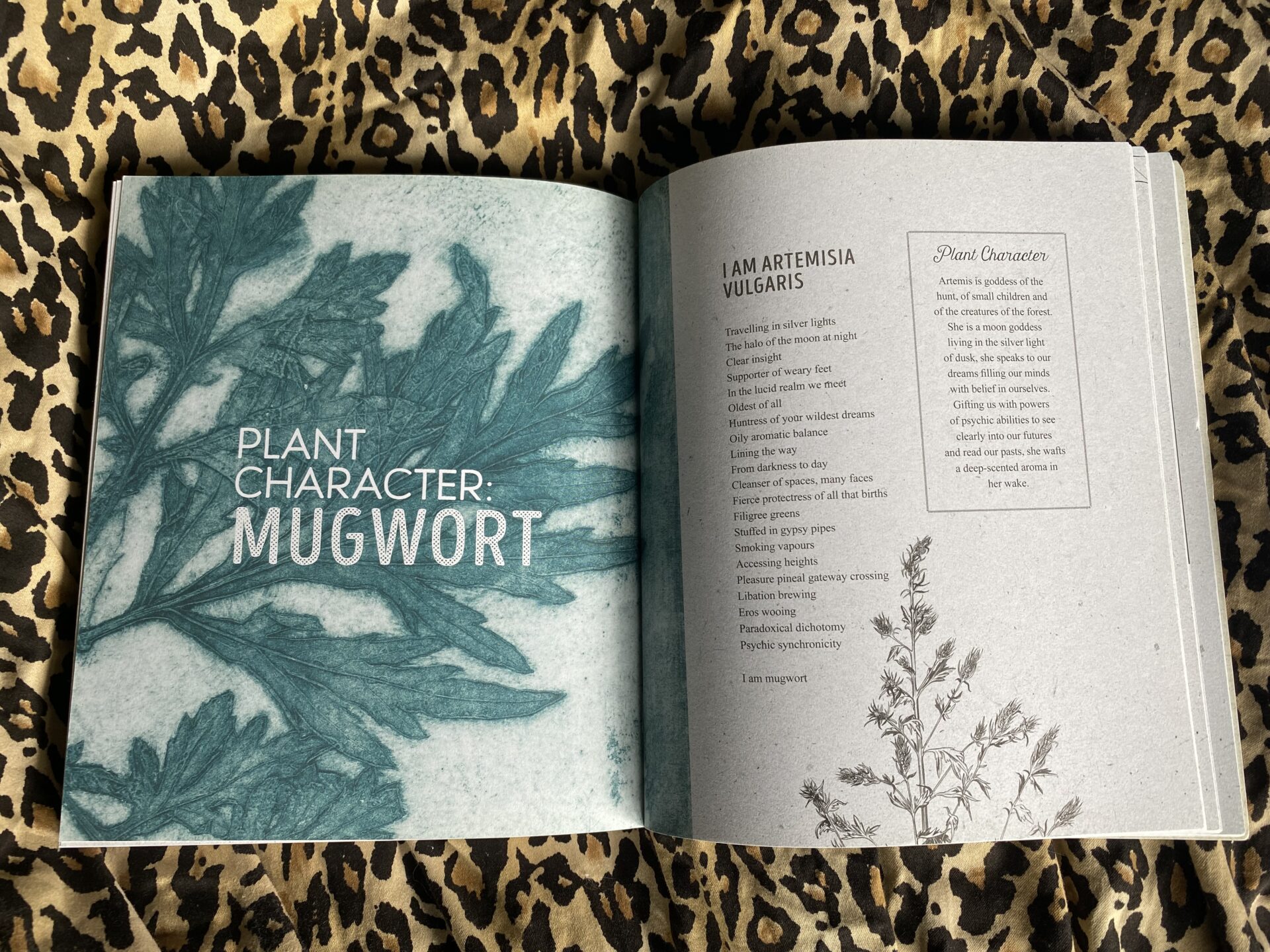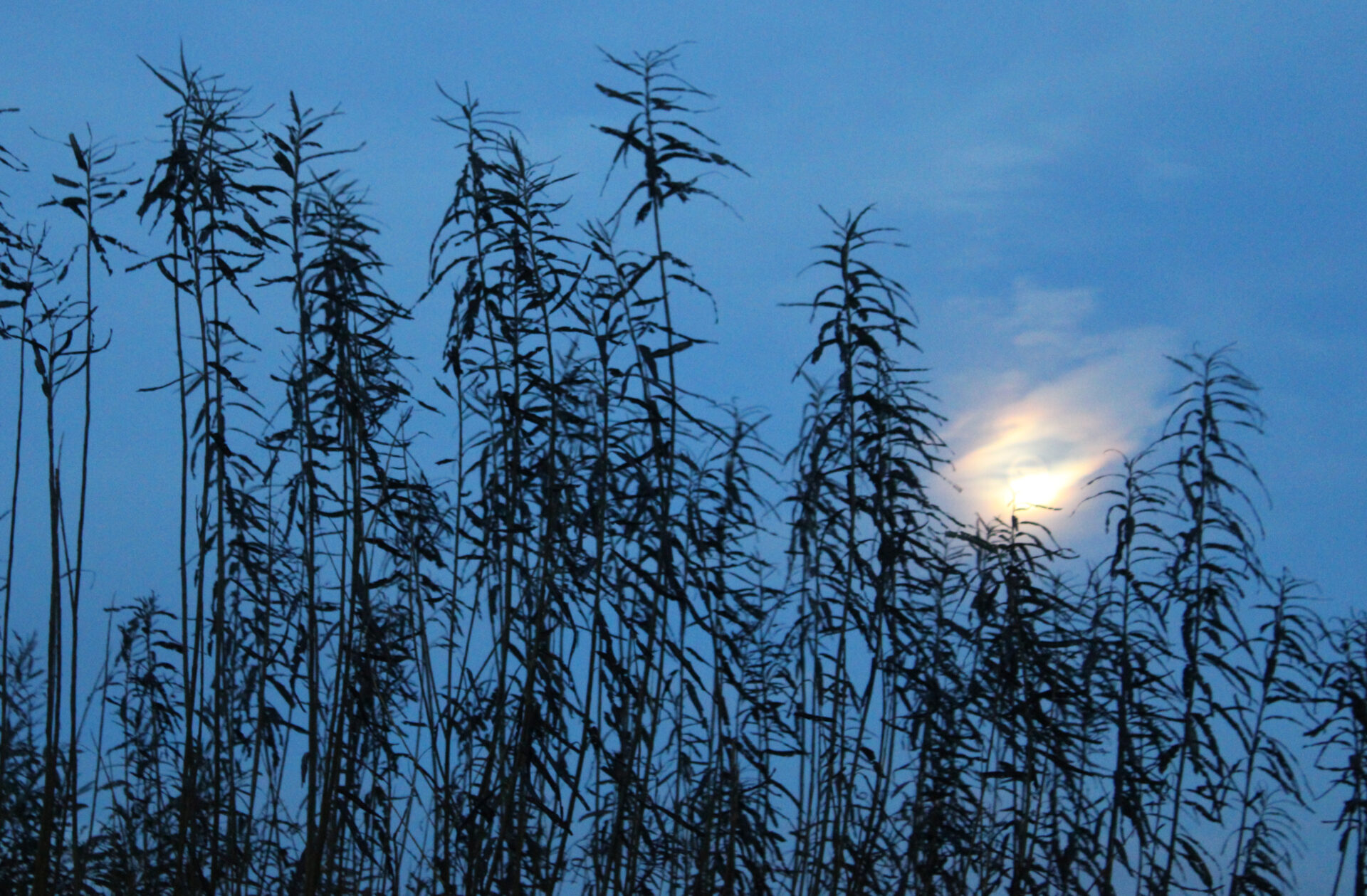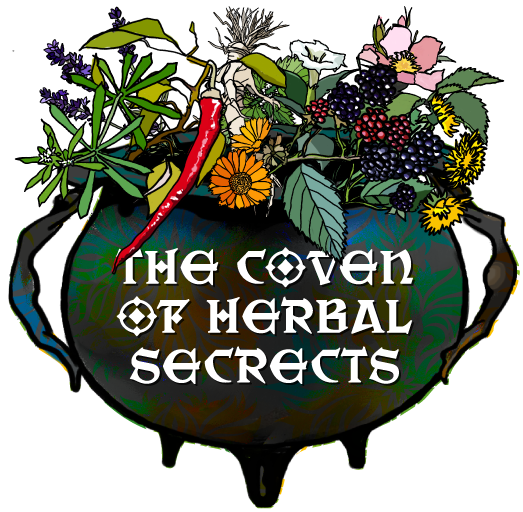Come the spring the promise of new life is palpable and a walk in the local surrounds shows us that on closer inspection of the trees and bushes, tiny buds are emerging. These buds are blossoms and leaves as embryonic tissue. Humans have been foraging and creating remedies from these power packed buds forever and in more modern times this practice has been named Gemmotherapy.
The word Gemmotherapy comes from the Latin word,‘gemma’ signifying both the plant bud and precious stone. ‘Gemme’ is also at the root of the word “gemmu-le’, meaning the top of a seed’s embryo, the sprout.
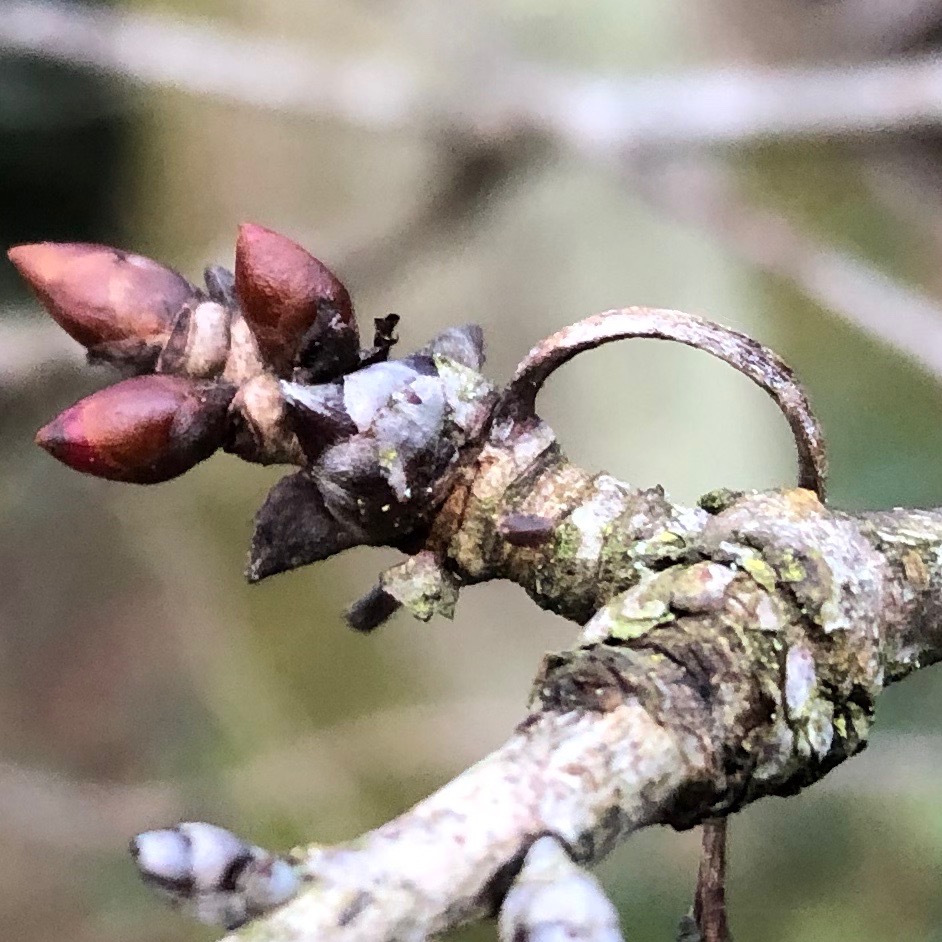
Walking around the village greeting each plant along the route, the buds are there, ready to burst. Whether they be the hardcore weeds, like the dandelion, yarrow, plantain or bittercress popping up between the paving cracks or the statuesque trees, the linden/Tilia on the village green and of course the hawthorn hedges, I take nibbles on them all. The hawthorn buds are slightly drying denoting their astringency due to the high tannins so prevalent in the Rose family. The Tilia’s buds are bright red fat little morsels so mucilaginous literally turning snotty in my mouth, talking to me of their polysaccharides, soothing any irritated membranes. The fig tree in the community garden has sharp shaped dark buds, tasting oily and nut-like with a floral after-tone and my absolute favourite of all are the blackcurrant buds which are even more fruity than fruit if that can be possible!!
Blackcurrent buds (Ribes nigrum gem.)
Ribes nigrum makes a delicious and supremely nutritious herbal preparation as a tincture or glycerite, or combination if the two. It has been shown as a adrenal tonic with greatly restorative properties and a rich source of anti-inflammatory and antioxidant compounds.
These preparations are often prescribed by clinical and medical herbalists for hepatic, respiratory, circulatory and inflammatory disorders. It was dubbed The Elixir of Life in the 18th century and written about to be effective on all physiological systems of the body. As such, the blackcurrant bud is considered a true adaptogen that can be given safely over long periods supporting specifically against fatigue and exhaustion caused by physical and mental efforts.
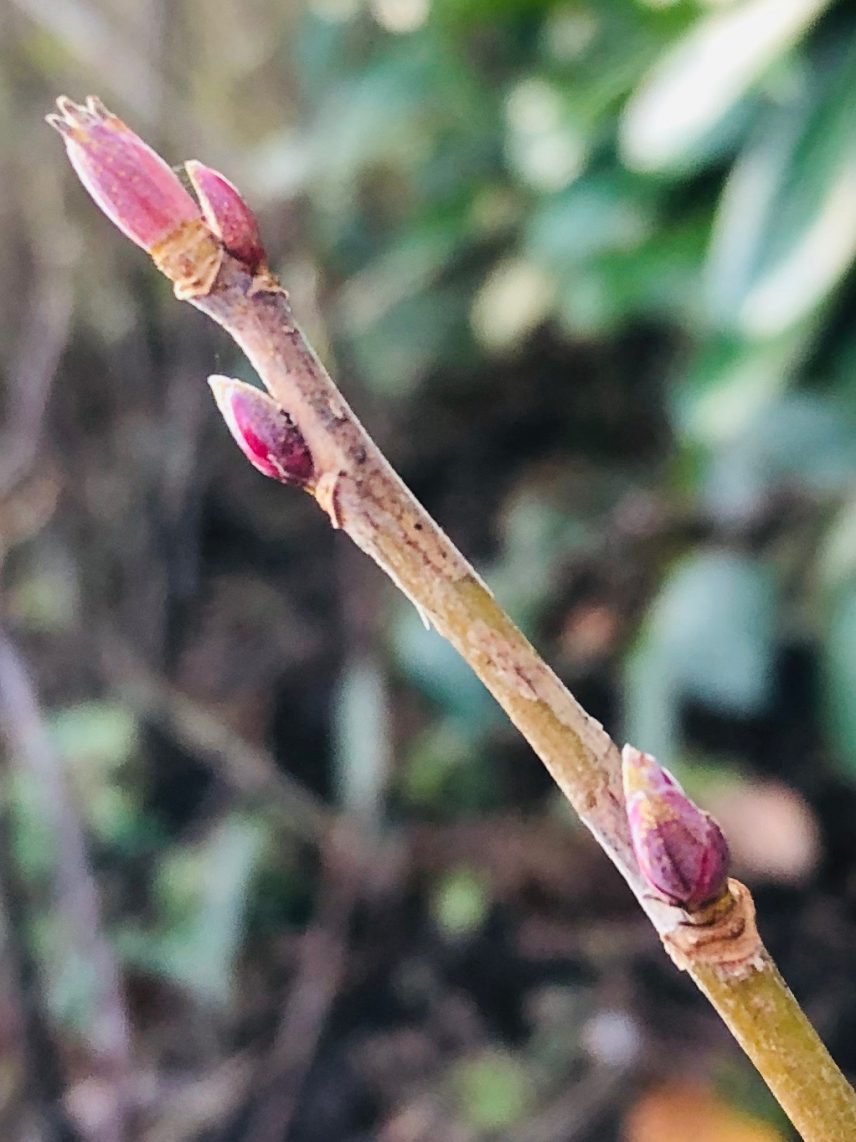
Buds
The bud is to the tree or bush that which the sprout is to the seed, made up of developing embryonic tissue, housing all the power and energy of the future plant. One isolated cell bud could in vitro reconstitute the whole tree.
Pol Henry is commonly regarded as the founder of gemmotherapy, he was a homeopath who after publishing in 1959, ‘The conception and Practice of gemmotherapy’, created in 1963.
There are two main protocols for preparing bud extracts.
‘Classical’ form of preparation:
- The fresh bud is macerated in a blend of alcohol and glycerine in a 1/20th dilution of the equivalent dry weight of the buds.
- After 21 days of maceration, this mother tincture is filtered and diluted 1/10th in a blend of water, alcohol and glycerine.
A newer method, developed in Belgium again in 1995:
- uses a concentrated (non-diluted) preparation mixed with water, alcohol and glycerine at a 1 to 20 dilution.
- The arguments for this are that :
- it is simpler to make and
- as there is no dilution, the amount of drops thus the amount of alcohol consumed is much less.
- The arguments for this are that :
Gemmotherapy preparations are beneficial on a subtle level, they contain a concentration of information and the essence of the tree. Trees capture not only the energies coming from the sky downwards (cosmic forces) but also those coming from below to above (telluric forces).
They help anchor and bring life deeply down into the earth as well as having contact with the stars and the universe. In the bud there is a retained, build-up of this life energy that is suddenly forced around the whole tree at the moment when the spring sap triggers new life with unbelievable vital force.
